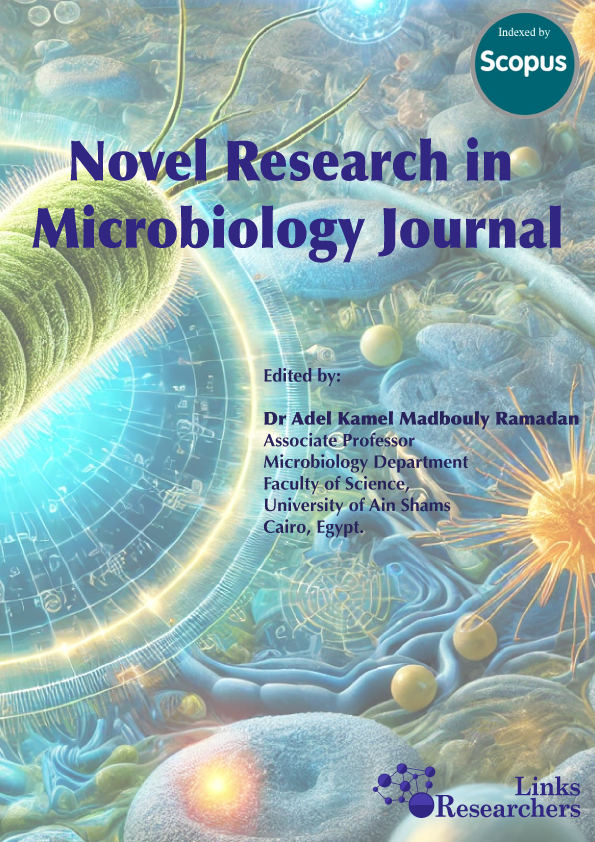Biotic and abiotic stress factors drastically limit plant growth and productivity through
changing the physiological, biochemical, and cellular processes. In this study, 100 mM of lead
(Pb) was used as an abiotic stress source, while Fusarium graminearum represented a biotic
one on wheat plant. Compared to the control, Pb treatment and F. graminearum inoculation
led to remarkable reductions in the wheat seedlings leaf area that reached 21 %, and 12.5 %,
respectively. Moreover, the current results showed an enhanced activity of Phenylalanine
ammonia lyase (PAL) that reached 173 % in the stressed wheat grains and seedlings,
decreased mineral contents in N-3, P+3, K+, and Ca+2 in the shoot of wheat seedlings by 25, 42,
23 and 44 %; respectively, substantial increase (79 %) in the total soluble carbohydrates (TSC)
and a highly significant reduction (28 %) in the total soluble proteins (TSP), compared with
the non-treated control plants. On the other hand, wheat seed priming with weed extracts [i.e.,
Portulaca oleracea L. (purslane) and Beta vulgaris L. (chard)], or chemical solutions; mainly
Calcium (Ca+2) and Salicylic acid (SA) applied exogenously, resulted in a noteworthy increase
in the leaf area, compared with the stress treatments. Furthermore, seed priming ameliorated
the toxic effects induced by Pb and F. graminearum treatments on the photosynthetic
pigments; where it significantly increased the pigments content, while the chlorophyll (Chl)
a/b ratio was reduced. Furthermore, priming treatments significantly increased the mineral
contents (i.e., N, P, K, and Ca) and counteracted the imposed effects of stress treatments on
TSC and TSP. The differential display polymerase chain reaction (DD-PCR) technique was
performed to identify the variations in gene expression between the different treatments of
wheat plants at three intervals of 7, 14, and 21 d old. This study aimed to investigate the use of
plant extracts as potentially effective and environmentally safe green bio-control agents to
control the infection of wheat plant by F. graminearum, ameliorate the biotic and abiotic stresses, and compete with the currently used deleterious chemical fungicides in the wheat
farms.






